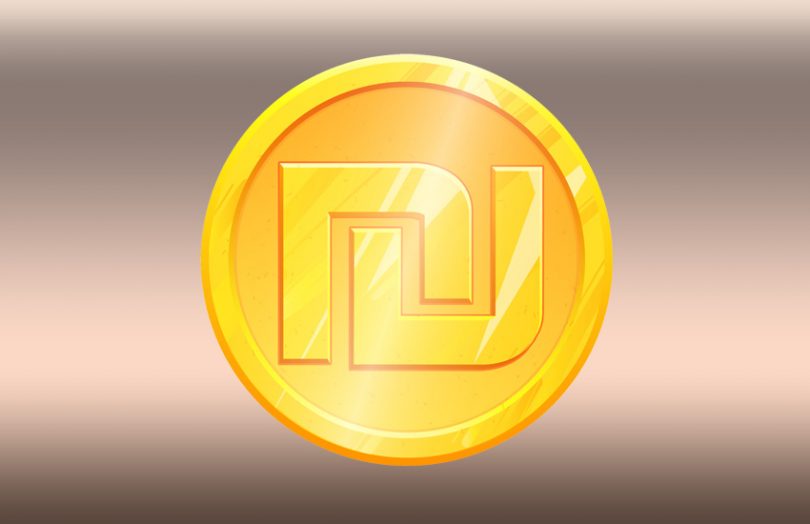A year ago, the Bank of Israel published a paper on the draft model for a potential Digital Shekel intended as a basis for discussion and feedback about central bank digital currency (CBDC). Today it shared the results, which found that respondents were supportive of moving forward with research but had a different emphasis on what the motivations might be.
Many were keen to use blockchain as a foundation. However, in June last year, the Bank estimated that the chances of issuing a CBDC were less than 50%. However, that was up from a one in five likelihood in 2020.
Thirty-three groups responded to the consultation, of which half were outside Israel, and most were fintechs. The central Bank acknowledges that the responses “are not a representative sample of all interested parties in the matter.” Most were keen to work with the Bank on the research and potentially help build the system.
CBDC motivations
When the Bank of Israel published its CBDC paper, one of the key motivations was to improve competition and enhancing innovation. This struck a chord with the respondents who see high barriers to entry in a concentrated payments industry. To enhance competition, a digital shekel would need to be interoperable with the current means of payment.
Financial inclusion only ranked as a second-order priority for the Bank, but several respondents stated this should be one of the main motivations for issuing a digital shekel.
CBDC models
The consultation respondents were supportive of the Bank’s potential two-tier approach to a retail CBDC, where the private sector acts as intermediaries with the public. They believe that a network effect will be critical for adoption, so any CBDC should meet the needs of much of the population.
However, the Bank noted that despite several respondents being potential intermediaries, there was no definitive solution for how intermediaries might be compensated for their participation. Suggestions included fees based on use, fixed subscriber payment fees, payment for value-added offers, and central bank subsidy.
In terms of technical structure, a “significant proportion” of the responses were keen to see a digital shekel issued as a token on a distributed ledger or blockchain. One of several motivations was that it can “be managed as a real cryptocurrency, which can create an alternative to public cryptocurrencies.”
The Bank concluded that it has “still not made a final decision on whether it will issue a digital shekel,” but it noted the supportive response from all participants.
Two months ago, the Bank of Israel published a paper assessing the potential impact of a digital shekel on the banking system.
While the Bank may have estimated a less than 50% probability of a CBDC last year, a survey by the BIS has shown that interest in CBDCs amongst the world’s central banks continues to advance, although partly spurred by the growing popularity of cryptocurrencies.







